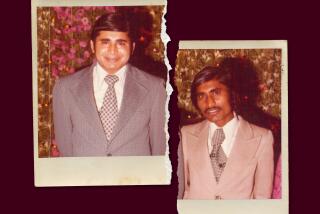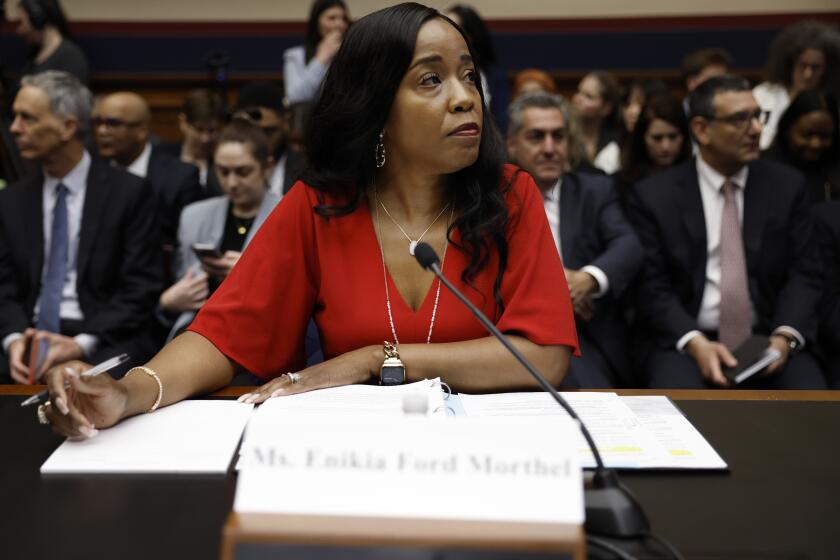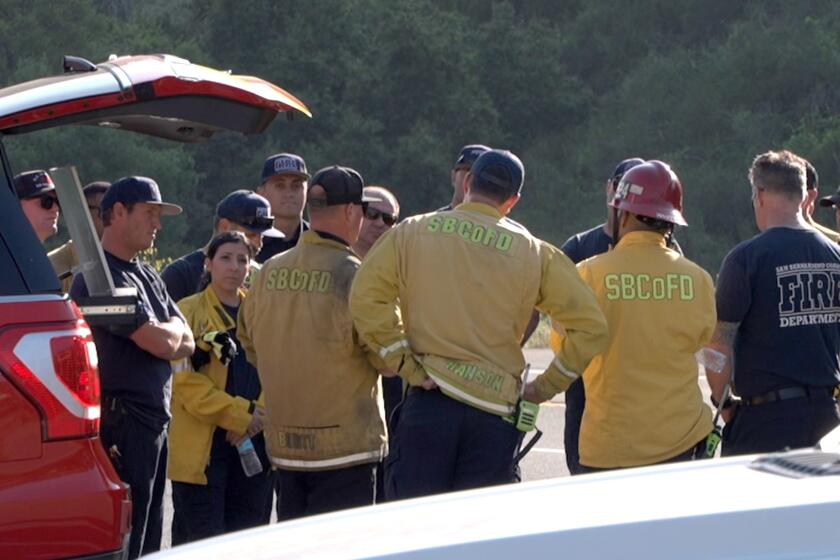Fighting the Flow : City Studies Ideas to Stop River Debris Before It Hits Beach
It’s like a giant self-flushing toilet: Runoff from heavy rains sweeps tree limbs, old tires, plastic bottles and other debris from throughout the county down the Los Angeles River and into Long Beach Harbor.
Tides toss the debris onto city beaches, where municipal workers bulldoze the trash into unsightly 20-foot mounds so it can be hauled to a landfill. It took more than six months and cost $324,000 to clean up the 8,000 tons of debris that washed up last winter.
It will be more of the same this winter if the rains are heavy, which really gets to Councilman Alan S. Lowenthal.
“We have to deal with the river,” Lowenthal said in an interview last week. “We cannot be the cesspool for L.A. County.”
So Lowenthal is backing a plan by a private firm, Sea-Teck Environmental of Long Beach, to float a specially equipped boat a short distance up the Los Angeles River to scoop up some of the debris before it reaches the harbor.
Although the City Council shied away from putting any money into the project, it decided last week to give the proposal a boost by helping Sea-Teck secure local, state and federal permits.
Sea-Teck officials said they have lined up private funding for a four-month test of the vessel.
*
“If (the agencies) decide they want to issue permits to allow them to do this . . . we’ll work with them to get a site” to stage the operation, said city spokeswoman Joan Caterino.
Sea-Teck’s is one of two proposals presented to the City Council in recent months to stop the flow of river debris.
The firm proposes using a 55-foot military landing boat at the Queensway Bridge, where the flow of the river is slowed by ocean tides. Booms would funnel debris to a mechanical arm that would scoop it out of the water and cut it up.
Special equipment would be used to squeeze water from the debris so it could be burned at the city’s refuse-to-energy plant.
The boat would cost $266,000, and operating expenses would total about $27,000 a month during the winter, according to Sea-Teck’s proposal.
Sea-Teck officials estimate their system will reduce the amount of trash and debris on beaches by 30%.
City Manager James C. Hankla advised the City Council against funding the project since the boat is untested and because it would be too expensive. Hankla made the recommendation based on the findings of a city consulting firm that studied the proposal.
“It is not prudent for the city to spend public funds for prototype testing,” Hankla said.
Sea-Teck officials said they hope to receive financing from the city or county if the trash-collecting boat works well.
The other proposal came from Tom Murphy, 76, a retired engineer and lifelong Long Beach resident.
Murphy has proposed setting up a series of automated, steel nets in the river south of Willow Street to catch debris. The debris would be removed and dried for disposal.
“My wife and I love the beach,” said Murphy, remembering the clean sands of his youth. “But when you go down to the beach it’s just filthy.”
City officials have decided to study Murphy’s proposal but have said it is not as attractive as Sea-Teck’s because it is not well developed and has no funding.
The financially strapped city does not have enough money to develop any other proposals, said Caterino, the city spokeswoman.
Lowenthal said he will press ahead and try to find an affordable solution. The councilman said the debris problem is especially worrisome at a time when Long Beach officials are considering plans for developing the downtown shoreline.
Those plans include building an elaborate tourist harbor with quaint shops and restaurants, as well as an amusement park and aquarium. The harbor development would complement the Long Beach Convention and Entertainment Center, which is undergoing a $111.5-million expansion and face lift.
*
Businessmen at Shoreline Village, with its outdoor eating areas, have long complained about the debris. Shoreline Village would be part of the new tourist harbor.
“We do customer surveys all the time,” said Michael Lapin, managing partner of the Shoreline Village Associates, which owns the village.
“The No. 1 complaint we have is the dirty water. People eat along the water. They come down to enjoy the views of the harbor and all this debris is in the water.”
More to Read
Start your day right
Sign up for Essential California for news, features and recommendations from the L.A. Times and beyond in your inbox six days a week.
You may occasionally receive promotional content from the Los Angeles Times.






